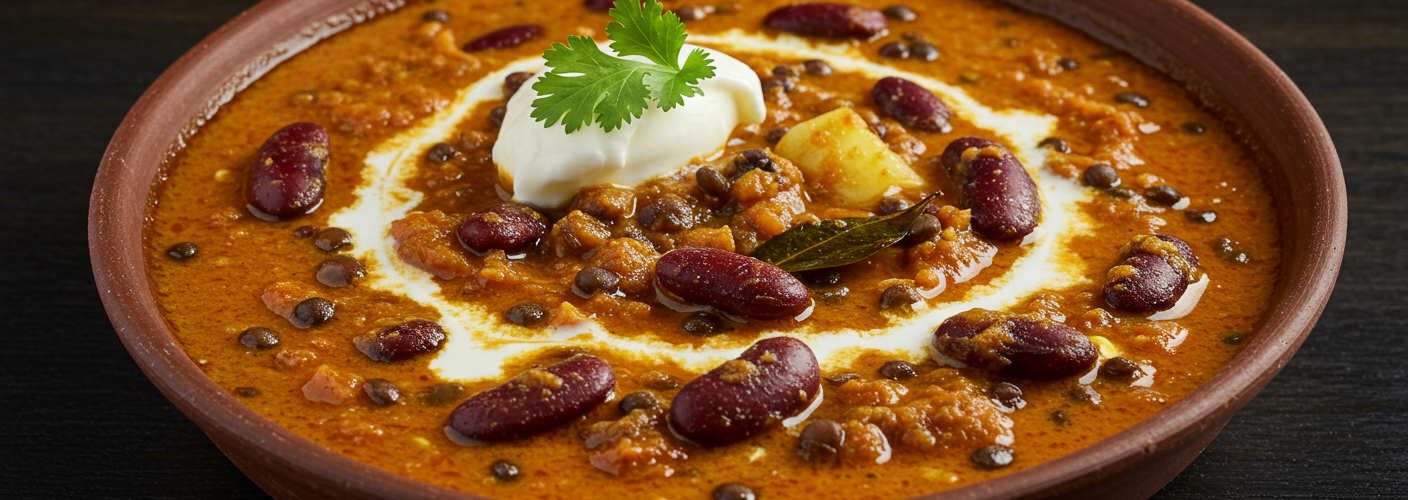Dal Makhni, a celebrated dish from North India, has earned its place in the hearts of many food lovers around the world. Known for its rich and creamy texture, this dish marries black lentils and kidney beans with generous amounts of butter and cream, creating a stew that not only satiates but also delights the palate. For anyone who has yet to experience this culinary treasure, Dal Makhni is an invitation to explore the deep, complex flavors and comforting warmth of Indian cuisine.
A Harmony of Ingredients
At the core of Dal Makhni are its primary ingredients: black lentils (urad dal) and kidney beans (rajma). Both legumes are not only packed with protein, making the dish hearty and nutritious, but also rich in fiber, iron, and other essential nutrients. The gentle simmering of these legumes allows their robust flavors to meld beautifully. The addition of butter and cream elevates Dal Makhni from a simple lentil stew to a luxurious dish, creating a velvety mouthfeel that makes every bite feel indulgent.
The Cooking Process: A Labor of Love
Preparing Dal Makhni is a time-honored process that typically requires a bit of patience. Traditionally, the lentils are soaked overnight, which helps to soften them for cooking. After draining the lentils, they are boiled until tender. The true magic happens when they are cooked along with fragrant spices like cumin, ginger, and garlic, infused into a tempering of ghee or butter, which is then stirred into the lentils.
The signature element of Dal Makhni is its slow-cooked, simmering method. A longer cooking time allows the flavors to deepen and intensify. Often, it is left to cook for several hours, contributing to the dish’s signature richness. The final touch is the addition of cream just before serving, giving it that iconic creamy texture that one expects from this beloved dish.
Pairing and Serving Suggestions
Dal Makhni is typically served with a side of steaming hot naan or rice. The bread acts as a perfect vessel for scooping up this luscious stew, while the fluffy rice offers a neutral counterpart that balances the dish’s richness. A side of pickles or a zesty salad can add some freshness, cutting through the creaminess and enhancing the overall meal experience.
This dish is not just a staple at Indian restaurants; it holds an honored place at festive gatherings and family celebrations. Its ability to be made in large quantities makes it a favorite for parties and gatherings, where it can satisfy the appetites of many.
A Symbol of Indian Hospitality
Dal Makhni represents more than just food; it embodies the warmth and hospitality of Indian culture. It is often prepared with love and served to guests, symbolizing the idea of sharing and togetherness. Each spoonful tells a story of tradition, heritage, and the rich culinary diversity that India offers.
In conclusion, whether you are a seasoned lover of Indian cuisine or a curious newcomer, Dal Makhni is a dish that promises to satisfy and delight. It invites you to revel in its creamy goodness and experience the quintessential flavors of India. So, whether you’re savoring it in a restaurant or preparing it at home, Dal Makhni is a delicious reminder of why food has the power to bring people together.




Add comment